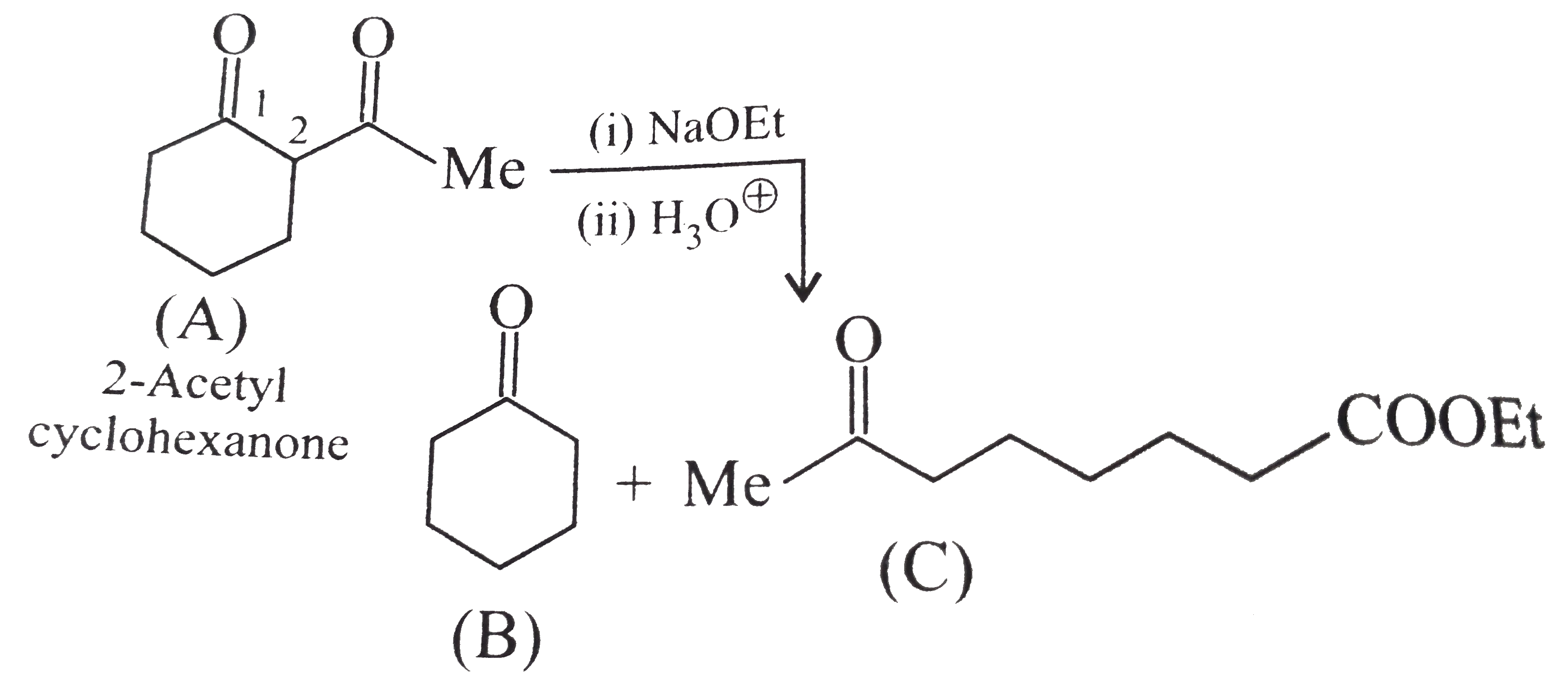Explain the formation of ATP.
Step-by-Step Solution for the Formation of ATP
1. Understanding ATP: ATP stands for adenosine triphosphate, which is a crucial energy molecule in biological systems. It serves as the primary energy currency of the cell.
2. Location of ATP Formation: ATP is synthesized in the chloroplasts of plant cells, specifically within the thylakoid membranes. These membranes are essential for the light-dependent reactions of photosynthesis.
3. Role of Thylakoid Membranes: The thylakoid membranes contain specific channels that facilitate the movement of protons (H+ ions). These channels are integral proteins known as F0 and F1.
4. Light Reactions: During the light reactions of photosynthesis, light energy is captured and used to split water molecules, releasing oxygen and creating a proton gradient across the thylakoid membrane.
5. Proton Movement: Protons move through the F0 channels from the thylakoid lumen into the stroma of the chloroplast. This movement occurs due to the established proton gradient, which drives the flow of protons.
6. Synthesis of ATP: As protons flow through the F0 channels, they provide energy that drives the F1 ATPase enzyme. This enzyme catalyzes the reaction where adenosine diphosphate (ADP) binds with an inorganic phosphate (Pi) to form adenosine triphosphate (ATP).
7. Final Product: The end result of this process is the formation of ATP, which is then used as an energy source for various cellular processes.
Summary
ATP is formed in the chloroplasts during the light reactions of photosynthesis through the movement of protons across the thylakoid membrane, which drives the synthesis of ATP from ADP and inorganic phosphate.
---
ATP is formed in the chloroplasts during the light reactions of photosynthesis through the movement of protons across the thylakoid membrane, which drives the synthesis of ATP from ADP and inorganic phosphate.
Topper's Solved these Questions
- BIOMOLECULESBOOK - ICSECHAPTER - BIOMOLECULESEXERCISE - REVIEW QUESTIONS (LONG ANSWER TYPE QUESTIONS)
9 Videos
- BIOMOLECULESBOOK - ICSECHAPTER - BIOMOLECULESEXERCISE - REVIEW QUESTIONS (VERY SHORT ANSWER TYPE QUESTIONS)
45 Videos
- BIOLOGY ISC SAMPLE QUESTION PAPER 2019BOOK - ICSECHAPTER - BIOLOGY ISC SAMPLE QUESTION PAPER 2019EXERCISE - PART-II (SECTION -C)
6 Videos
- BODY FLUIDS AND CIRCULATIONBOOK - ICSECHAPTER - BODY FLUIDS AND CIRCULATIONEXERCISE - DIFFRENTIATE BETWEEN
13 Videos
Similar Questions
Explain the formation of ozone in the atmosphere.
View SolutionExplain the formation of a chemical bond.
View SolutionExplain the formation of chemical bond.
View SolutionExplain the formation of CaF2 molecule.
View SolutionExplain the formation of the compound in the following reaction.
 .
.
View SolutionExplain the formation of low density polyethene
View SolutionExplain the formation of C2H2 molecule.
View SolutionExplain the formation of Fraunhofer lines using Kirchhoff's law .
View SolutionExplain the formation of acid rain due to :
oxides of sulphur
View SolutionExplain the formation of ionic bond with two examples.
View Solution
